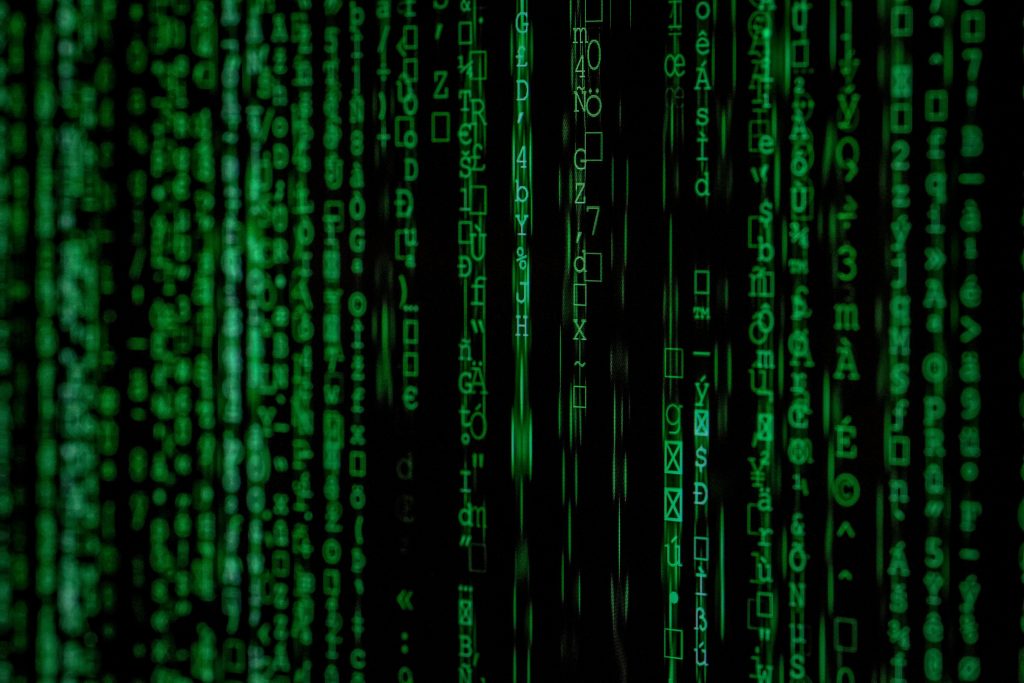Understanding Laptop Charger Anomalies: What to Do When Your Power Brick Smokes and Sparks
In an era where work, entertainment, and communication are intertwined through technology, laptops have become indispensable. They offer portability and power, serving as crucial tools in both personal and professional environments. However, like any piece of technology, they aren’t immune to issues. A common yet disconcerting problem many users encounter involves the laptop charger, specifically the power brick. When you notice your laptop’s power brick making an unusual noise and emitting smoke, it’s vital to know the next steps to take and determine whether your laptop has been damaged. In this blog, we’ll dissect the implications of a malfunctioning power brick, explore why it might be happening, and provide guidance on how to address the issue effectively.
What Happens When a Power Brick Fails?
The power brick, often casually referred to as a “charger,” is an essential component for any laptop. It converts AC from your wall outlet into DC for your laptop to use, ensuring that the device’s battery stays charged. However, the failure of this adapter can manifest in alarming ways — through smoke, sparks, and even fire hazards.
Causes of Power Brick Failure
-
Overheating: Many power bricks experience overheating if they are used for extended periods without adequate ventilation. This is especially common if the adapter is left sitting on a surface that doesn’t disperse heat effectively, like a couch or a bed.
-
Electrical Surges: Sudden spikes in electricity can overwhelm a power brick, causing components within it to fail. Surge protectors can mitigate this risk, but they are not foolproof.
-
Physical Damage: Drops or impacts can damage the internal components of a power brick, leading to electrical shorts or failures. In some cases, obvious damage such as cracks or frayed cords can be observed.
-
Manufacturing Defects: Sometimes, defects can go unnoticed until they manifest through malfunctioning or failure. In rare cases, product recalls are issued for specific faulty batches.
-
Wear and Tear: Regular use over a long period naturally leads to wear and tear. Components gradually wear out, even with the most cautious use.
Signs of a Malfunctioning Power Brick
-
Unusual Noises: Buzzing or cracking sounds are often early indicators that something is wrong internally.
-
Smoke or Burning Smell: Any sign of smoke or a burning odor indicates that you should immediately disconnect the charger from the outlet and your device.
-
Intermittent Charging: If the laptop’s charging indication fluctuates unexpectedly, it might be a sign that the power brick is failing.
-
Physical Deformities: Bulging, melted parts, or discolored plastic can be signs of an internal fault.
Understanding these signs can help in diagnosing the issue. But a critical concern remains — was your laptop adversely affected by this incident?
Assessing Potential Damage to Your Laptop
When a laptop experiences issues due to a faulty adapter, several types of damage could have occurred. The following are potential repercussions:
-
Battery Damage: If the power brick fails while your laptop is charging, the battery could be exposed to incorrect voltage levels, which can reduce its lifespan or, in severe cases, render it unusable.
-
Electrical Damage to Components: Sudden power surges can negatively affect internal components such as the motherboard, processors, and other key hardware. This damage may manifest as performance issues or complete component failure.
-
Data Loss or Damage: Power failures can corrupt files, especially if they happen while the device is in use.
Steps to Evaluate Laptop Health
-
Visually Inspect for Damage: Begin by examining your laptop for any visible signs of damage or burning. Pay careful attention to the charging port and areas around it.
-
Check the Battery Functionality: Test whether the laptop charges correctly with another compatible charger. Note any issues such as failure to charge or rapid discharge of the battery.
-
Monitor Performance: Observe the device’s performance for freezes, crashes, or errors that were not present before the incident.
-
Run Diagnostic Software: Use available Software tools to assess the health of your laptop’s battery and other components. Built-in diagnostics, like those available on some Windows and Mac OS systems, offer useful insights.
-
Backup Important Data: If you haven’t yet backed up your data, it’s critical to do so now to prevent potential future data loss.
In some scenarios, you may need professional assistance to thoroughly evaluate the health of your laptop. If you suspect any hardware damage, consulting with a professional repair technician or visiting an authorized service center can provide a clearer diagnosis.
Preventing Future Charger Issues
The prevalence of charger-related issues outlines the importance of taking precautionary steps in the future. Here are several strategies to prevent similar incidents:
-
Invest in Quality Accessories: Avoid third-party chargers with dubious quality standards. Always opt for well-reviewed or official products that match your device’s specifications.
-
Create a Safe Charging Environment: Ensure that the area where you place the power brick allows for heat dissipation. Avoid flammable surfaces and crowded spots that could obstruct airflow.
-
Use Surge Protectors: Incorporate a surge protector in your charging routine to guard against sudden electrical spikes.
-
Regular Inspection and Cleaning: Periodically inspect cords and bricks for wear or damage. Dust and debris can accumulate over time, leading to potential risks.
-
Mindful Usage: Unplug chargers when they’re not in use to minimize wear and energy wastage. Be gentle with cable connections to prevent premature damage.
Conclusion
Experiencing malfunction with a laptop charger, particularly one that involves sparks and smoke, is unsettling. Not only does it pose immediate risks, but it also raises concerns about possible damage to your trusted device. By understanding the causes of power brick failure, recognizing the signs, and knowing the steps to evaluate your laptop’s health, you can mitigate damage and prevent reoccurrences. More so, maintaining best practices in the upkeep of your charging devices can pave the way for prolonged device longevity and safer usage. In our fast-paced technology-driven world, a proactive approach is indispensable for seamless digital experiences.
Share this content:




Response to: My laptop power brick was doing electric sound and smoking while charging, did my laptop damaged?
It’s understandably concerning to see your laptop power brick smoking and making unusual sounds. This situation raises valid questions about potential damage to your laptop. Here are a few insights and steps to help you assess and address the situation:
1. Immediate Actions: First and foremost, disconnect the power brick from both the wall outlet and your laptop immediately. Smoking or unusual noises are telltale signs of a malfunction, and it’s crucial to prevent any additional risks, including potential fire hazards.
2. Assess for Damage: After ensuring that the charger is unplugged, inspect your laptop carefully. Look for any visible signs of damage, such as burn marks around the charging port or a melting casing. This initial assessment can give you clues about whether any internal components may have been affected.
3. Battery and Charging Tests: If you have access to another compatible charger, use it to test your laptop’s battery performance. Pay attention to any irregular charging behavior—like rapid discharges or failure to charge fully—as these could point to battery damage caused by the faulty brick.
4. Run Diagnostics: Utilize built-in diagnostic tools available on your laptop’s operating system to check the health of your hardware. Both Windows and macOS